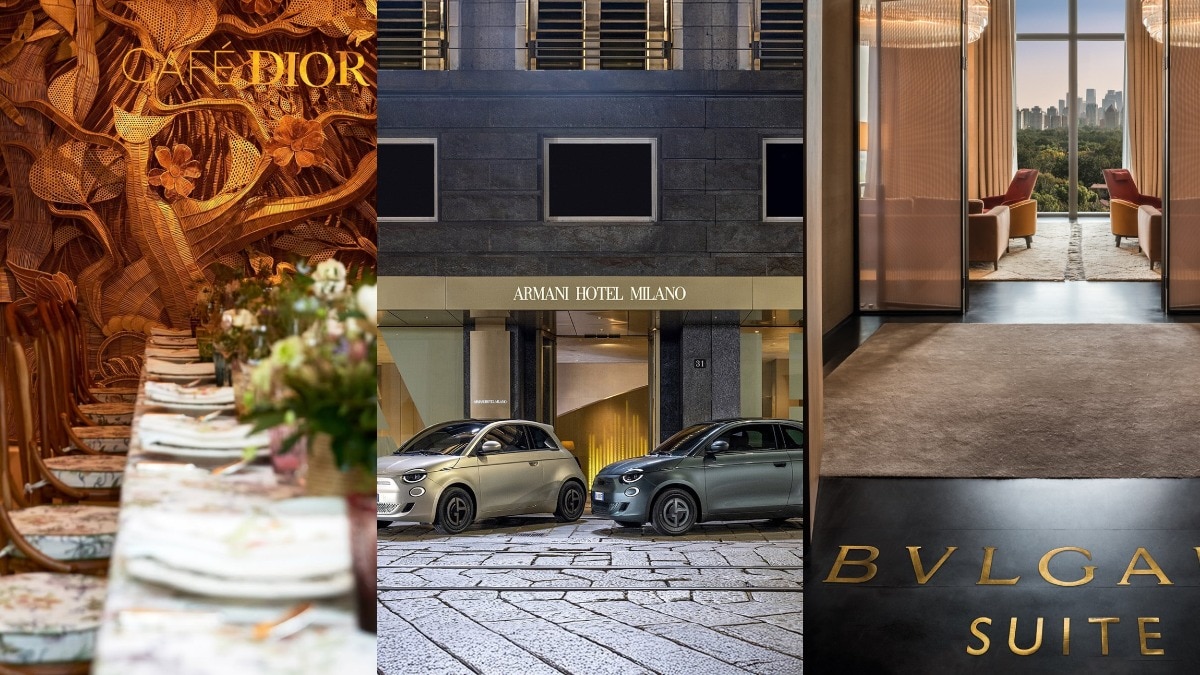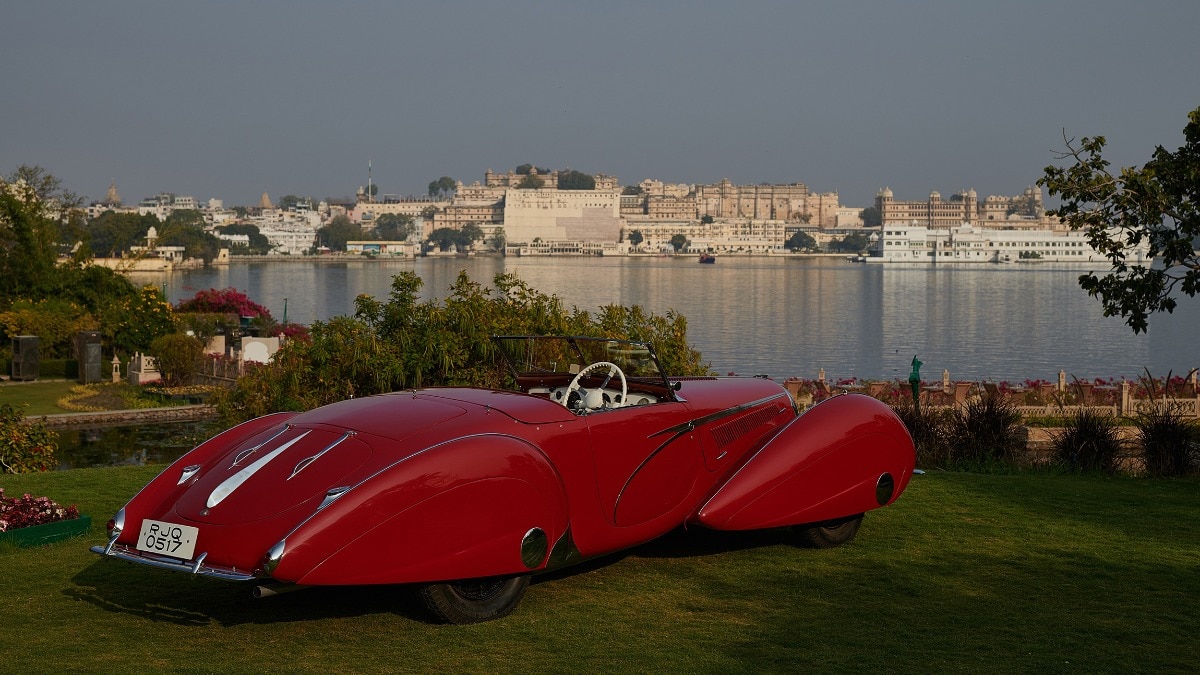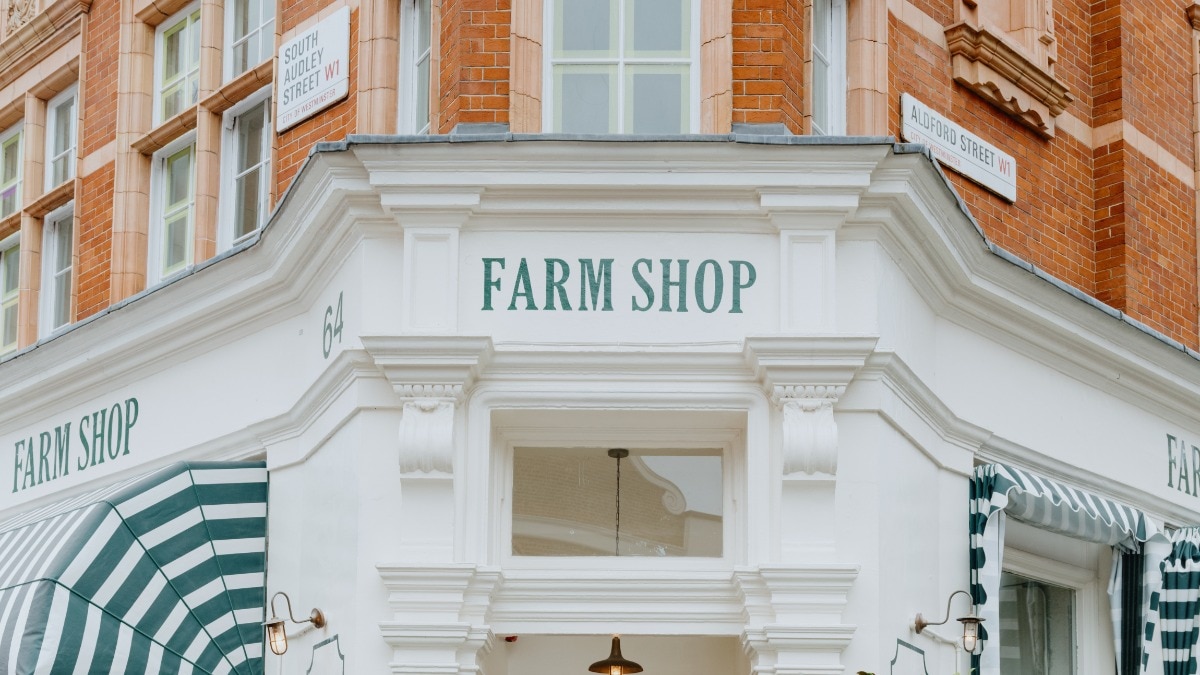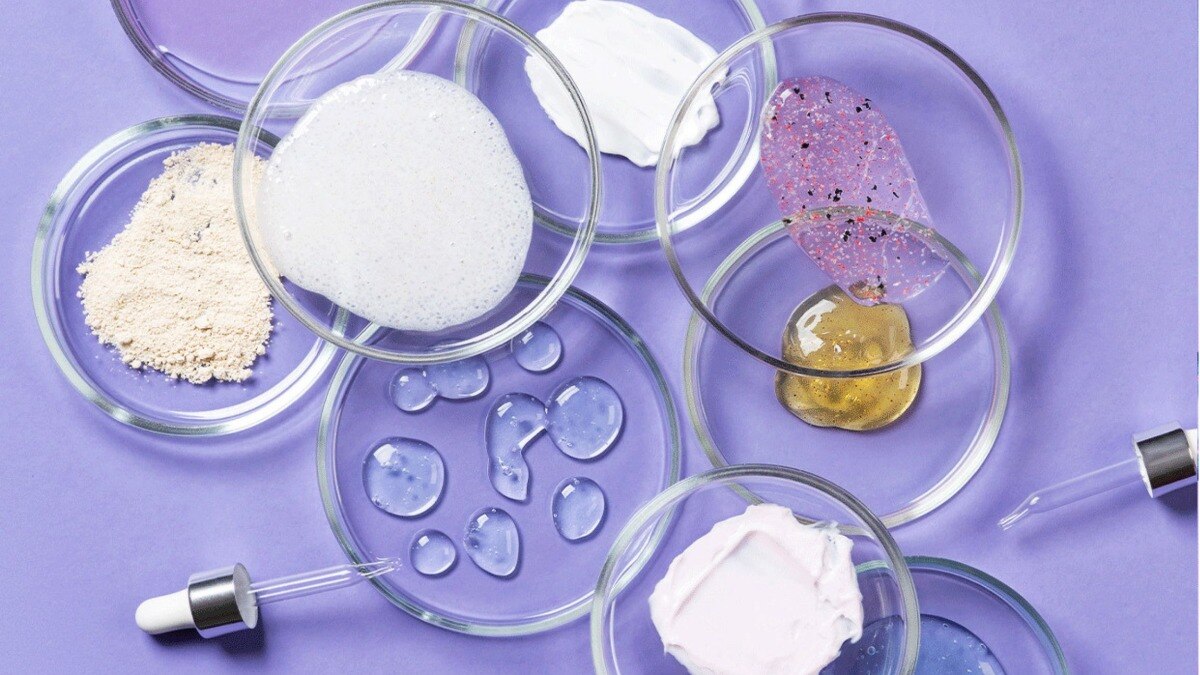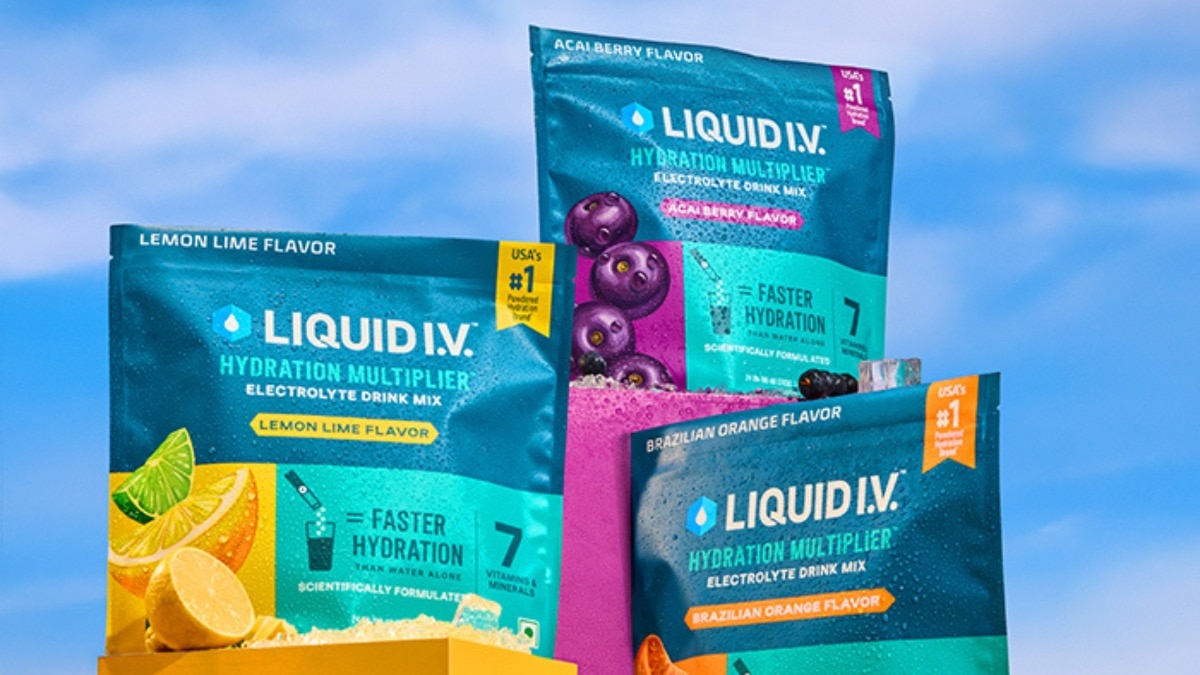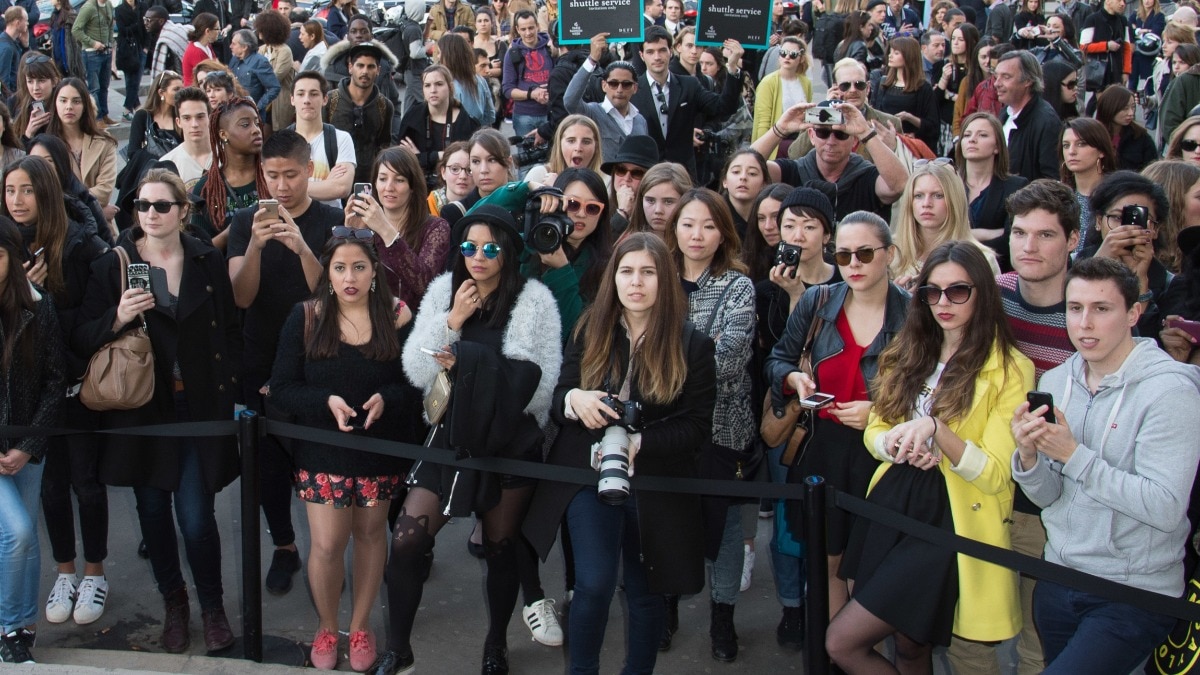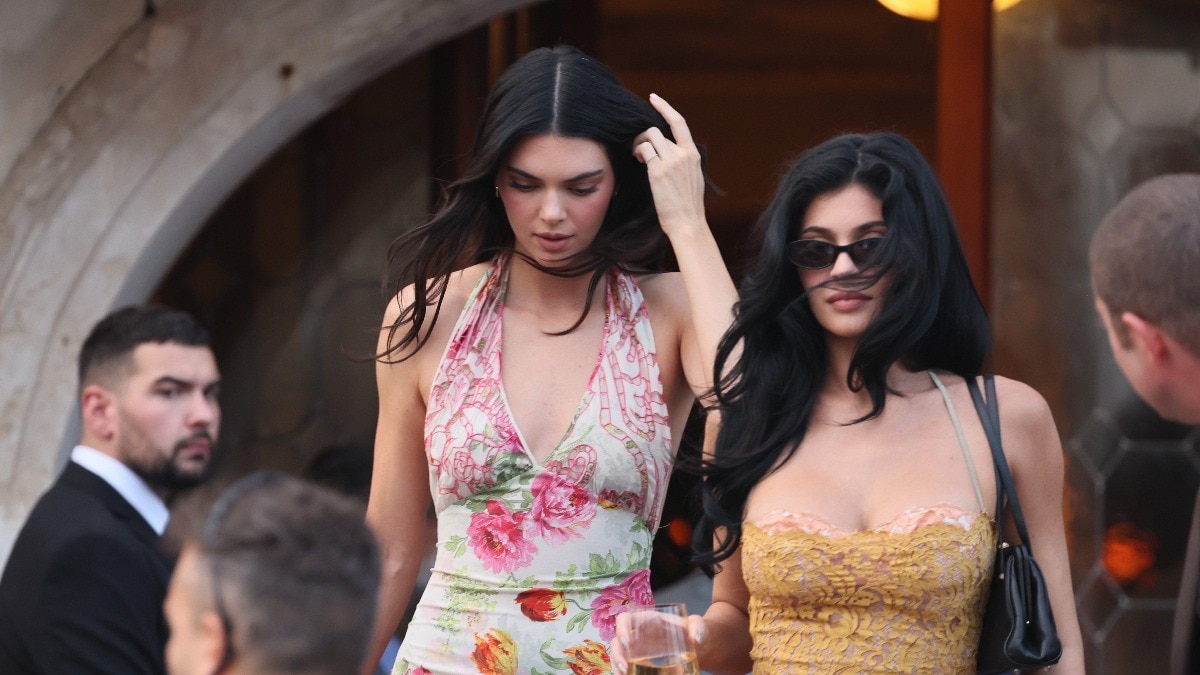Coasting away on a soothing Southeast Asian adventure
The novelist Sharlene Teo embarks on her first cruise experience, taking in her native Singapore and Vietnam on a scenic tour of Southeast Asia.


Luxury vessels are having a cultural moment. Gleaming symbols of affluence and prestige, ripe for both glamourisation and social critique, they have been ubiquitous on screen, from Ruben Ostlund’s Palme d’Or-winning Triangle of Sadness to Succession. What better setting is there than an opulent cruise ship for dramatising rarefied social niceties and sexual politics? To experience premium hospitality is to walk the privileged tightrope of enjoying how well you’re being treated and feeling a little sheepish about how easily you can get used to it. You’re out in the middle of the sea, safely enclosed by cabin walls, presented with champagne and caviar blinis whenever you like. It’s irresistibly decadent.
For more than three decades, Seabourn has been making the concept of all-inclusive, ultra-luxury cruising a reality. The company was founded in 1986 by a small group of hospitality and cruising executives, whose focus was on recreating what they referred to as ‘the casual, relaxed elegance previously available only to the owners of the world’s most fabulous private yachts’.
Seabourn’s fleet of seven ships (all with oceanfront suites) have a maximum capacity of 600, which is small for cruise-liners; onboard are several large hot tubs and two pools, a spa where you can get anti-ageing treatments and acupuncture, a fully kitted gym, a grand salon, four bars and various elevated culinary options, including a restaurant overseen by the top chef Thomas Keller.
My own Seabourn journey had begun three days before embarkation, in Singapore, where I was born and grew up. The Singapore Tourism Board organised a guided tour for my partner and me around the city, visiting the futuristic Gardens by the Bay—a horticultural pleasure-ground—the Orchid Garden and the Henderson Waves pedestrian bridge, the highest in Singapore, which emulates the undulating shape of a wave 36 metres above the ground.
By the time we boarded the Seabourn Encore to travel from Singapore to Vietnam, we had just about overcome our jet-lag, only to be woozily dazzled by the particular and highly impressive milieu of a premium cruise-liner. The Encore has gleaming banisters and a vast spiral staircase, from the bottom of which you can see the distant skylight 12 storeys above, with glass sculptures resembling mirrored fins. Our suite was roomy and spacious with a lovely balcony, bath tub and minibar. The crisp-suited staff were impeccably slick—everyone knew our names—so that roaming the ship sometimes felt like exploring the set of a piece of immersive theatre.
In the main restaurant, the food—ranging from European fare such as steak, lobster and foie gras, to a rotating menu of cuisines in the Colonnade—was uniformly excellent. The fish in the Japanese restaurant, particularly the sashimi in a delectable apple-glazed sauce, was deliciously fresh; the wine selection, superb. I had a feeling I would get gout if I kept eating and drinking like this.
A key feature of the Seabourn experience is the ability of the ships to dock at smaller harbours, which in Southeast Asia affords visitors a chance to explore more remote seaside towns. Our first stop was Laem Chabang in Thailand—two hours from Bangkok by road. We opted for a shore excursion where we visited the Khao Kheow Open Zoo and saw pygmy hippos and roving giraffes and Nong Mon Market, a lively confluence of locally-produced seafood snacks and Thai crafts. On our second day in the port, we decided to strike out on our own, getting the Seabourn shuttle into the crowded chaos of Pattaya, a city on Thailand’s eastern gulf coast that was once a fishing village and has since become a popular beach destination. We made a beeline for the Sanctuary of Truth, an astounding hand-carved wooden temple designed in 1981 by a Thai businessman as a hybrid of a temple, castle, gallery and museum—constructed without using any metal nails.
After stopping at Laem Chabang, the ship docked at Koh Kood, a luscious private island with white sands, mangrove swamps and azure waters. Here, we were treated to Seabourn’s signature Caviar in the Surf beach barbecue, where waiters handed us champagne in the middle of waist-high ocean waters and dished out caviar from surfboards in what was a surreal, but strangely enjoyable experience. Back onboard, we were party to rather more traditional entertainment—show tunes and magicians—but were also able to take part in daily lectures on subjects including the future of food and the history of shipping containers (genuinely riveting).
As a Pisces, I love floating in and being surrounded by water. On sea days, as far as the eye can perceive, there it was—the surrounding blueness, no land in sight. Out on deck you couldn’t avoid hearing and seeing the sublime and timeless rush and roar. It reminded us of our human smallness and finitude within it—everyone onboard at the elemental mercy of the waves. But, on our last day, we found ourselves reluctant to leave the irresistibly cushy world of the ship. The Seabourn experience connects the extravagant wish-fulfilment usually only seen in the realm of films and television with the very tangible ability to access some extraordinary places that might be overlooked on a more conventional itinerary, such as the coastal fishing village of Ang Sila and the breathtaking Saigon River at dawn. Give it a try if you can. You won’t forget it.
Seabourn’s 14-day Thailand, Vietnam and Malaysia cruise aboard ‘Seabourn Encore’ (www.seabourn.com), departing from Singapore on February 3, 2024, from £8,719 (approx. ₹9,07,200) a person in a Veranda Suite. With thanks to the Singapore Tourist Board (www.visitsingapore.com)
This article first appeared in Harper's Bazaar UK June 2023.


